Big cats such as lions, tigers, cheetahs, leopards, and jaguars are not only magnificent creatures but also play a critical role in maintaining the balance of ecosystems. Their presence and hunting behaviors have a cascading effect that helps regulate prey populations and supports biodiversity. Understanding their ecological impact allows for better conservation efforts and appreciation of natural biodiversity.
Apex Predators The Top of the Food Chain
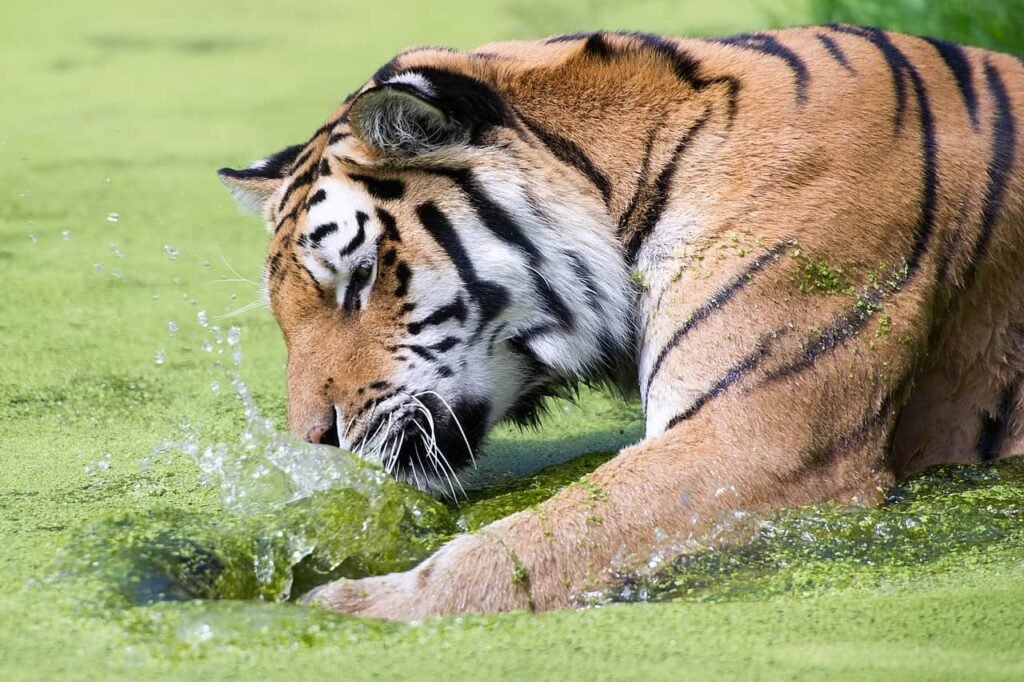
Big cats are often referred to as apex predators, meaning they are at the top of the food chain with no natural predators of their own. This position allows them to control the populations of herbivorous and smaller carnivorous animals, keeping ecosystems in equilibrium. By preying on the weak and the sick, they maintain healthy gene pools within prey populations.
Regulating Prey Population Dynamics
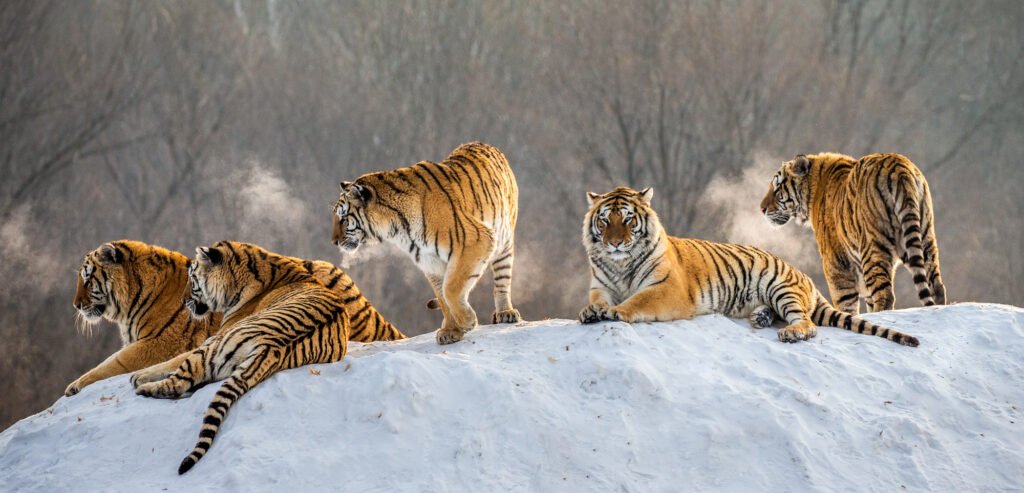
By controlling prey populations, big cats prevent overgrazing and depletion of vegetation. If unchecked, species such as deer or zebras can overpopulate, leading to overconsumption of plant life and subsequent habitat degradation. Big cats thus indirectly contribute to preserving plant species diversity and soil quality.
The Ripple Effect Influence on Biodiversity
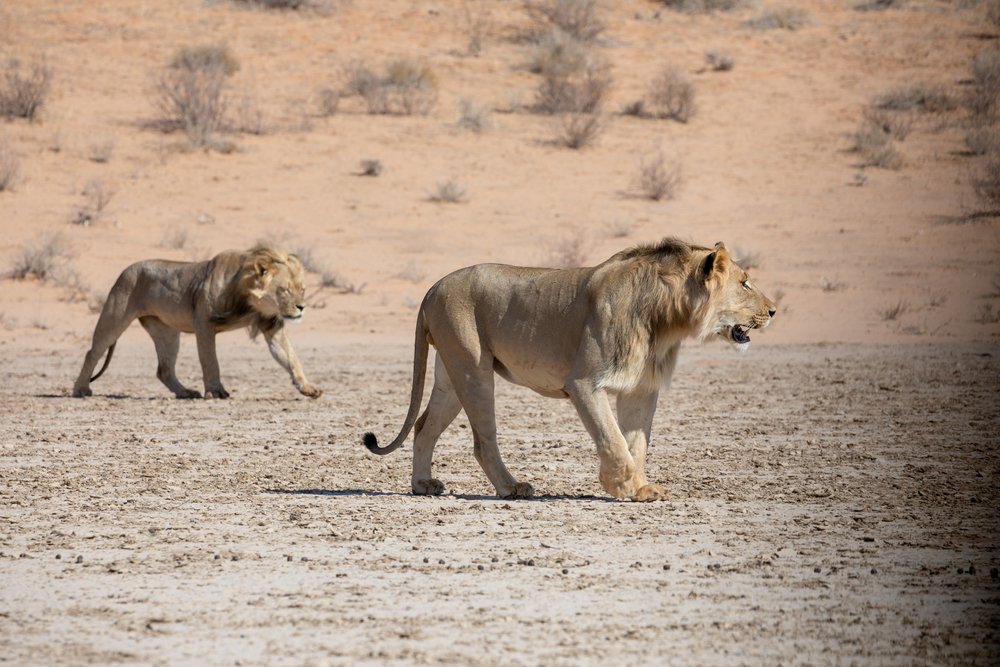
The hunting habits of big cats create a ripple effect throughout the ecosystem. By managing prey populations, they help maintain a varied and rich biodiversity. Diverse ecosystems are more resilient to environmental changes and disturbances, providing more stable habitats for numerous other species.
Scavengers and Nutrient Cycling
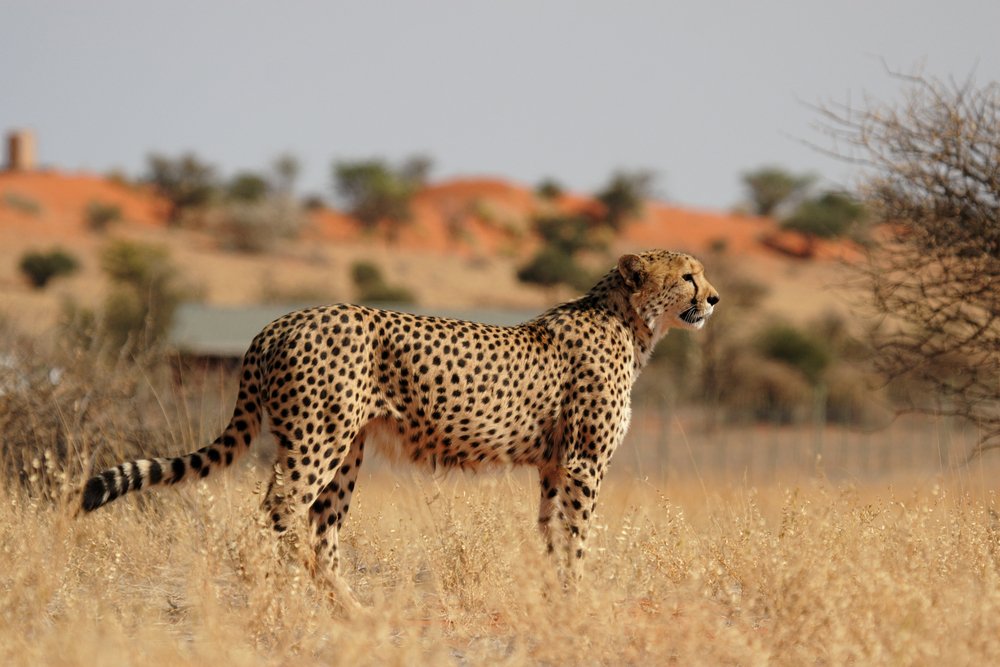
When big cats make a kill, not all parts of the prey are consumed. This leftover material becomes a source of food for other animals, such as vultures and hyenas. These scavengers play a crucial role in nutrient cycling, returning essential minerals and nutrients back into the soil, which benefits plant growth and the overall health of the ecosystem.
Keystone Species and Their Ecological Impact

Big cats are often considered keystone species due to their significant impact on their environments. By controlling and influencing various trophic levels within the food web, they help maintain the structure and function of their habitats. The removal or decline of a keystone species like big cats can lead to drastic changes, often resulting in ecosystem collapse.
Human Impact and Conservation Efforts
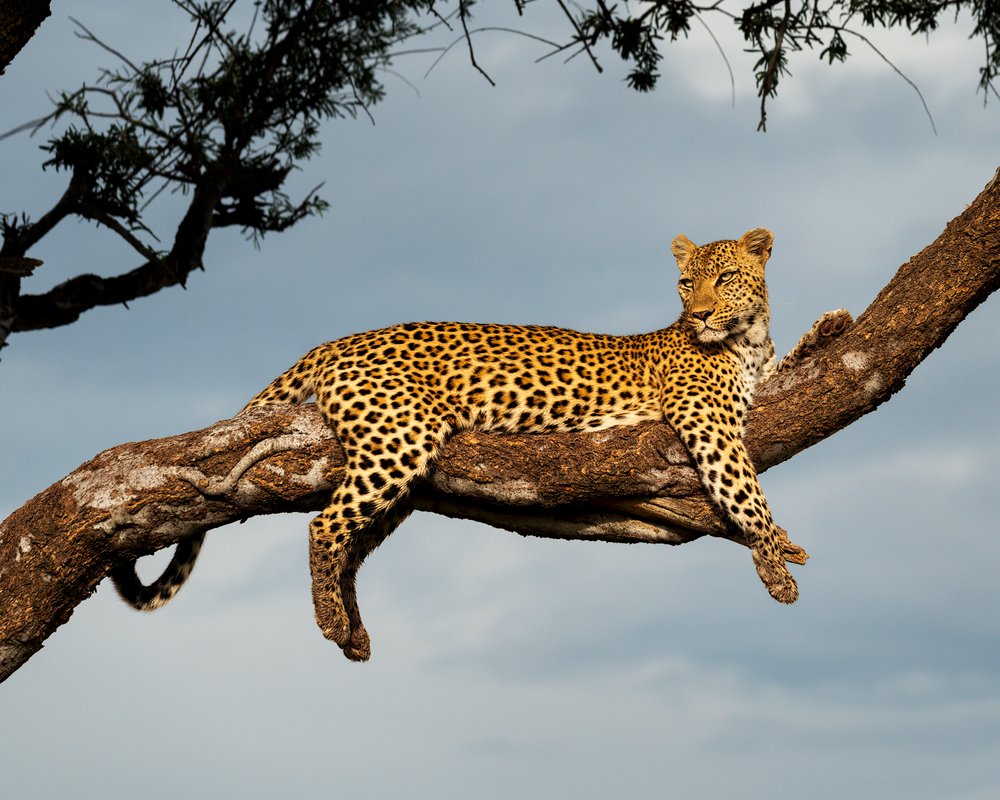
Human activities such as poaching, habitat destruction, and climate change threaten big cat populations worldwide. Conservation efforts focus on habitat restoration, anti-poaching measures, and awareness campaigns. Protecting big cats is vital not only for their survival but also for the preservation of ecosystems they help maintain.
Interactions with Other Predators
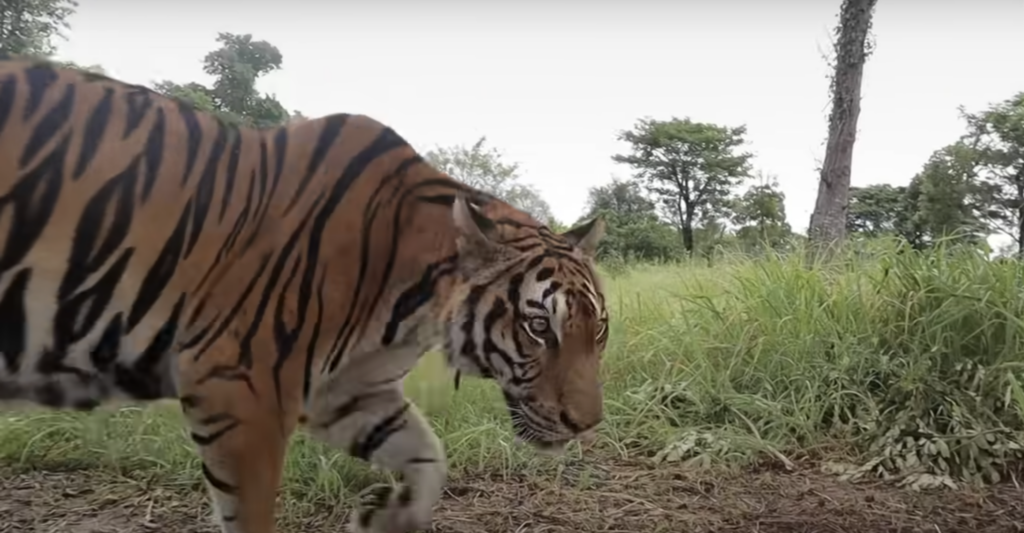
In many ecosystems, big cats share their habitats with other predators like wild dogs, wolves, and smaller felines. While competition can occur, it often leads to niche differentiation, where each predator adapts to hunt different prey or utilize different areas of the habitat, contributing to ecological balance.
Educational and Ecotourism Opportunities
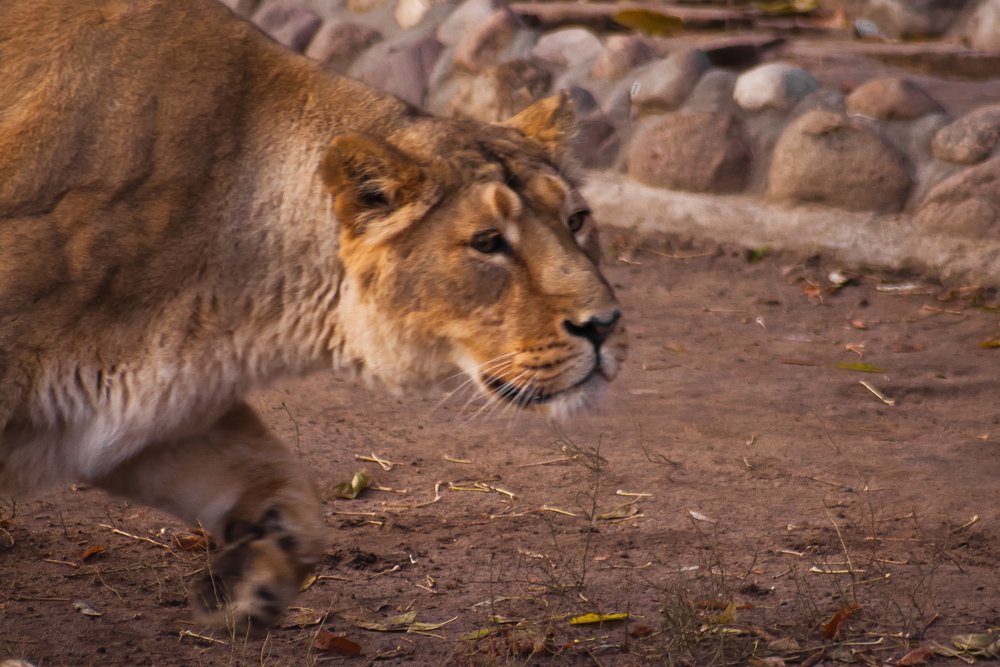
Big cats are of immense interest to ecotourists, researchers, and educators. Their presence in national parks and reserves boosts local economies, funding conservation projects and raising awareness about the ecological importance of apex predators. Educational programs often highlight the role of big cats in maintaining healthy ecosystems.
Conclusion: Preserving the Balance of Nature
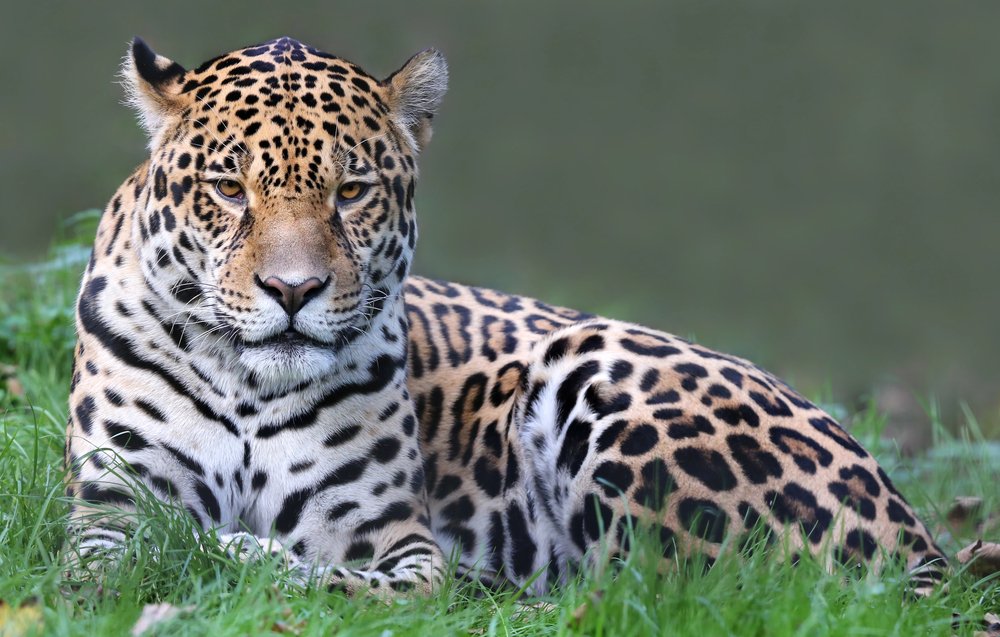
Big cats are more than charismatic and majestic animals; they are essential architects of their ecosystems. Through their predatory activities, they help maintain prey populations, contribute to biodiversity, and ensure the health of ecosystems. Conserving these incredible animals is pivotal to protecting the delicate balance of nature and ensuring the continued existence of the natural world as we know it.






